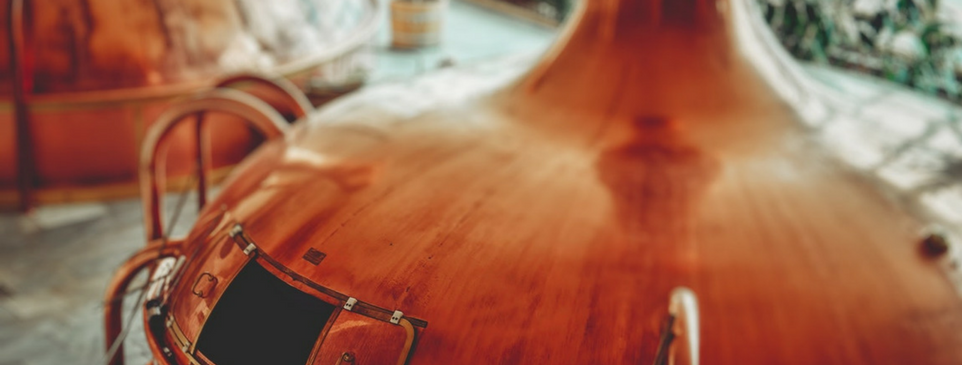The Art and Science of Brewing

There’s never been a more exciting time to be a licensee. The variety of beers has just exploded over the last few years. There’s vegan beers, murk bombs, twig beers, saison and sours, DIPA’s, fruit beers, barrel aged beers, hop forward bitters, the list is endless.
The difficult bit is keeping up with all the types of beer and being able to talk knowledgably about them to your customers.
Over the coming few months we will look at the different beer styles but first its best to start with the basic brewing process.
Brewing goes back about 9000 years but the fundamental process has remained relatively unchanged.
Yeast is used to ferment a starch source to produce alcohol, this is then drunk in its basic form or other flavourings are added to it to enhance the taste. In the case of beer, the starch comes primarily from barley. In the fields the barley is basically a sugar source used by the plant to grow, but it is in a dormant form and is very hard or not friable as brewers say. The barley corn has to be soaked in water which tricks it into thinking it’s time to grow and to break the starches down to a softer or friable form. At this stage the barley is now called malt. Once all the starch has been broken down, the brewer will dry the grain out in a kiln to stop the process. If he turns the kiln up high he starts to cook the malt, and produces dark roasted malts that he can use to colour the beer and add roasted characters. Think of Porter or Stout beers. If he kilns it lightly he produces ale or lager malts that give the beer its malty sweet taste.
The brewer then takes these malts and mills them into a course powder called grist, you’ve heard of the saying grist to the mill, this is where it comes from. He then mixes the malt with warm water, which he calls liquor to make a thick porridge. Inside the malt are natural enzymes, the warm environment suits them and they start to break the starches down to even smaller sugars that the yeast can use. After about an hour the brewer will spray or sparge hot liquor on the grain and this rinses all of the sugars out and producing a thick brown solution called wort. This process takes place in the mash tun, a large tank with a slotted base so the grain stays on the top and the wort runs out of the bottom.
The brewer takes this wort and boils it up in a large kettle that he calls a copper. This is where the hops are added and the boiling wort extracts all of the bitterness and aromas from the hops. This takes about an hour and a half and at the end of the process the brewer has a sweet bitter but hot solution. If he added the yeast straight away into this liquid he would kill it so he has to cool it first. Once the wort is cooled it is run into fermenting tanks and the yeast is added. The yeast is a specific brewing variety called Saccharomyces Cerevisiae and is very different from the yeast that you use to produce bread. The name literally means, sugar fungus that gets its strength from grain, which is exactly what it does. Over about a week the yeast will chomp away on all those sugars from the malt and produce alcohol, flavours and carbon dioxide, it also grows five times its own weight so the brewer has a ready supply of yeast for the next brew. At the end of the week you now have beer, it’s a little raw and needs to mature so at this stage it is called green beer.
The brewer now needs to decide how he is going to package it to send it to the pub. If he wants cask beer he removes most of the yeast, puts the beer in a cask and sends it out. If he wants keg, bottle or can beer he will filter all of the yeast out pasteurise the beer, gas it and put it into the kegs, bottles or cans.
All beer is produced in a similar way, so how does the brewer get all the different styles that are available in the pub?
This is where the art of the brewer comes in, different raw materials, different times, temperatures, different tanks, slight tweaks to the process. Think of the brewer as a chef, in fact it would be fair to say that a good brewer is a cross between a scientist and an artist. Over the coming months we will start to look at how the brewers’ artistry is used to produce literally thousands of different beer styles.
